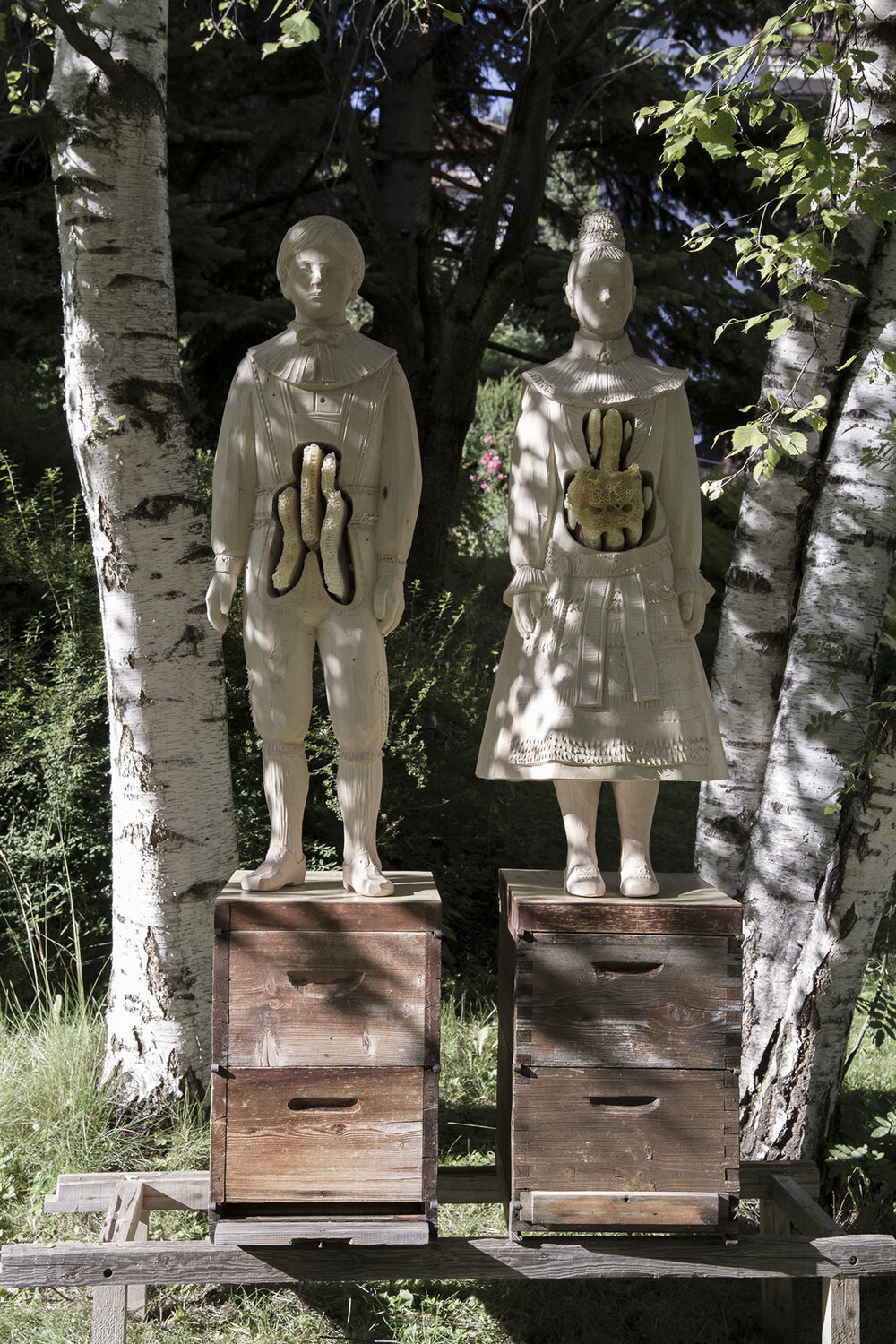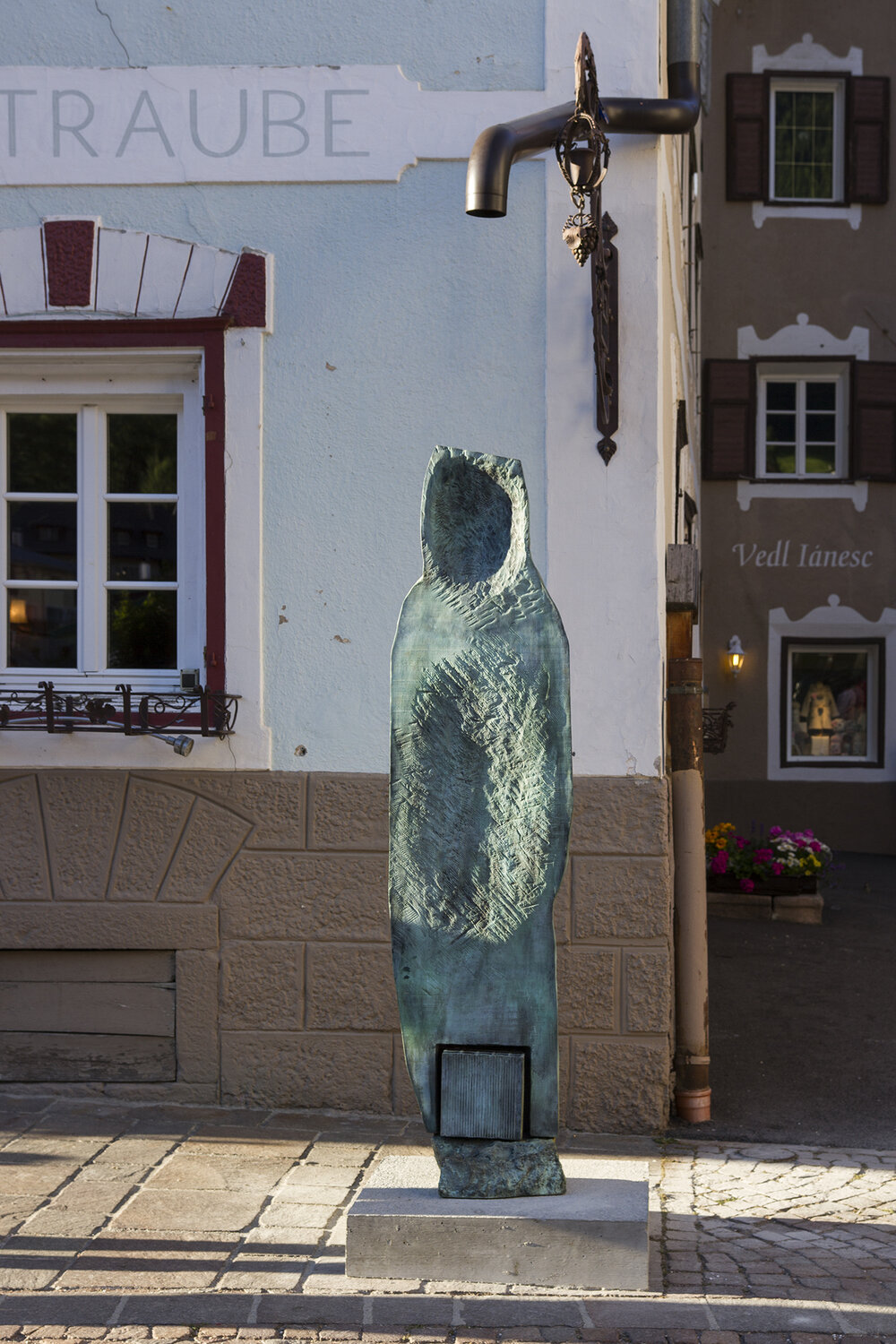





Concept
FROM HERE TO ETERNITY (THAT’S WHERE SHE TAKES ME) - Without an eternity, without a sensitive, secret mirror of what passes through every soul, universal history is lost time, and along with it our personal history - which rather uncomfortably makes ghosts of us.[1]
Jorge Luis Borges, A History of Eternity, 1936
The eternity – as the Argentine master of labyrinths and mirrors, Jorge Luis Borges explains to us – is the model and archetype of time. It is a game or a spent hope, the writer argues in his non-fiction A History of Eternity, while deconstructing Plato’s time as a moving image of eternity and unfolding Plotinus’s understanding of eternity as a world of universal forms. For Borges, nostalgia is a model of unanimous eternity: ‘The exile who with melting heart remembers his expectations of happiness sees them sub specie aeternitatis [under the aspect of eternity], completely forgetting that the achievement of one of them would exclude or postpone all the others. In passion, memory inclines towards the intemporal. We gather up all the delights of a given past in a single image; the diversely red sunsets I watch every evening will in memory be a single sunset. The same is true of foresight: nothing prevents the most incompatible hopes from peacefully coexisting. To put it differently: eternity is the style of desire. (The particular enjoyment that enumeration yields may plausibly reside in its insinuation of the eternal - the immediata et lucida fruitio rerum infinitarum.)’[2] According to Susan Stewart, the author of On Longing,[3] The location of desire, or, more particularly, the direction of force in the desiring narrative, is always a future-past, a deferment of experience in the direction of origin and thus eschaton, the point where narrative begins\ends, with engendering and transcending the relation between materiality and meaning.
